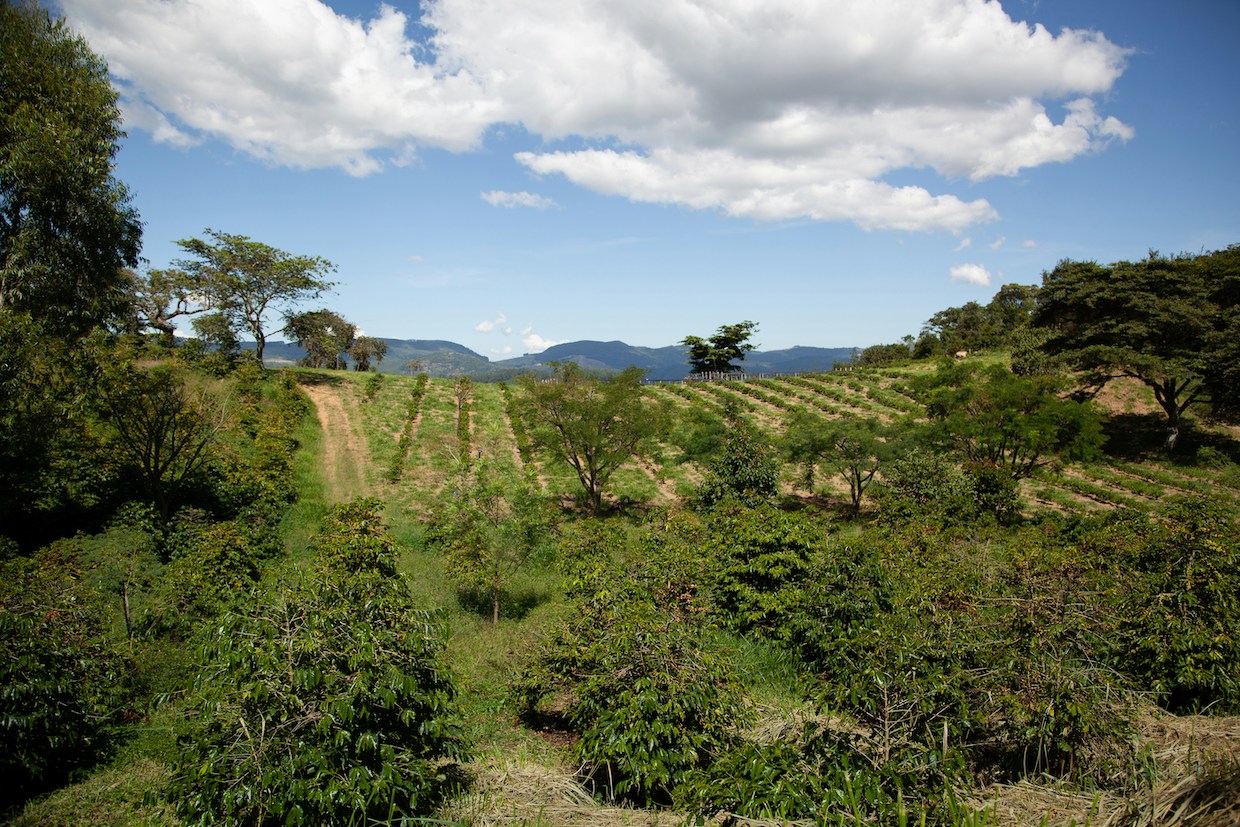More than one in 10 of the people rescued from what the Brazilian government described as “slave-like” and “degrading” working conditions last year were coffee workers.
In total, Brazil’s Ministry of Labor and Employment (MTE) pulled 2,004 people out of slave-like labor conditions following 1,035 site inspections in 2024. Trailing only construction, the coffee sector was found to have the second-highest number of rescued workers (214), according to the agency.
While the Brazilian government has been a global leader in addressing slavery-like conditions in its domestic workforce, its investigations have routinely unearthed deficiencies in the coffee sector, notably the exploitation of farmworkers.
The MTE rescued more than 300 workers from exploitative “slave-like” conditions in 2023, following the rescue of 159 coffee sector workers in 2022.
This blight on the coffee industry at large continues despite some noncompetitive efforts on behalf of the private sector to eradicate modern slavery or slavery-like conditions from coffee supply chains.
Experts have pointed to a number of interrelated factors that can create risk for slavery-like conditions among farmworkers in Brazil and virtually anywhere else coffee is harvested. Risk factors include: insufficient prices paid to farmers who employ farmworkers; piece-rate pay that incentivizes grueling working conditions among pickers; labor shortages during harvests; and more.
Comments? Questions? News to share? Contact DCN’s editors here. For all the latest coffee industry news, subscribe to the DCN newsletter.







Comment